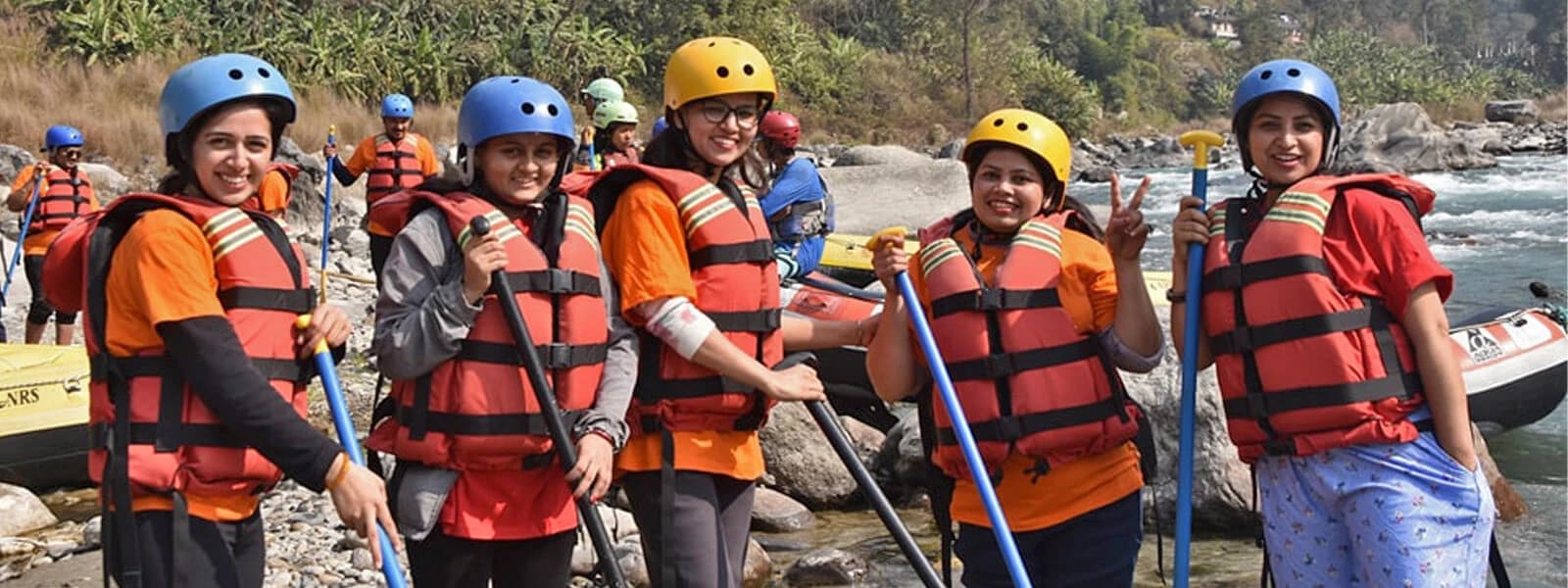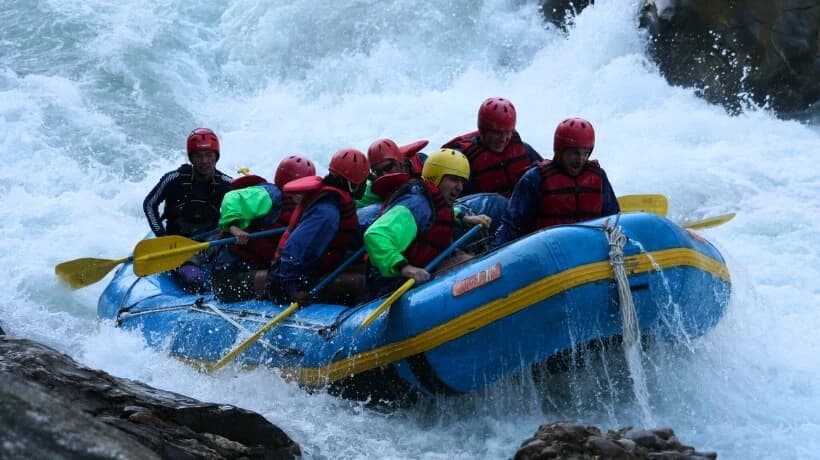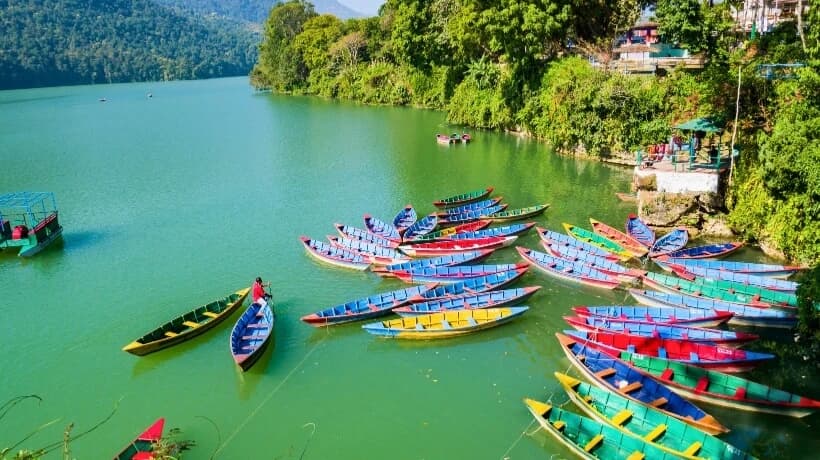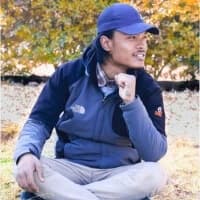Kali Gandaki River Rafting is a special type of rafting that is dedicated to those who are interested in remote rafting. River adventurers who want to spend some days in remote areas can choose Kali Gandaki River Rafting. Passing in wild areas through narrow gorges and witnessing waterfalls, dense jungles, and traditional Magar villages are truly rewarding for rafters. Moreover, this is such a trip it offers you the chance to view a few wonderful mountains of the Annapurna Region including some species of wild animals and reptiles.
Highlights
- Enjoy a day of cultural sightseeing in Kathmandu
- An adrenaline-pumping on class III and IV rapids
- Big and bouncy rapids with exciting wave trains
- Enjoy the beautiful camp on the beach under the gaze of a famous Shiva statue
- Kayak for a day on a smooth section of the Kali Gandaki
- Kaligandaki river “best all-round river in Nepal”
History of Kaligandaki River Rafting in Nepal
Michael Peissel was the first person to discover this rafting route in 1973. He ran through the river in small hovercraft. With him, the other two groups also rafted and kayaked here then.
Kaligandaki River Rafting Access
Kali Gandaki River begins from Mustang and flows through various places of Tibet and Nepal and finally is widened open area. While flowing down from the high Himalayas in between Annapurna and Dhaulagiri it creates the deepest gorge of the world at Dana. Rafting in Kali Gandaki trip starts and ends in the popular city Pokhara. Kali Gandaki River Rafting designed by Regulus keeps paddlers busy all day. It is beautiful rafting with lots of rapids and technical odds. It is well suits experienced as well as novice rafters.
Newbridge at Kusma is the put-in point or starting point of Kali Gandaki River Rafting. It (Kusma) is three hour's drive from Pokhara. We arrange a private vehicle to reach Kusma from Pokhara. Here you meet expert rafters who will be with you throughout the rafting as your guide. They will give you some tips and necessary instructions required before going for the river journey. You will cover around 55 kilometers distance in an inflated rubber boat. The ending point of the rafting is Dam which is around four and half hours drive from Pokhara.
Accomodation & Meals
For any type of rafting, safety is our major concern. We provide you with self-bailing rafts, helmets, plastic paddles, wetsuits, lifejackets, and a first aid kit. Tents and a sleeping bag, including a mattress & pillows, are also provided. The food we provide while on the rating will be hygienic and healthy.
Furthermore, we request that you bring a T-shirt, innerwear, comfortable footwear which you will wear while rafting, warm clothes for the evening, a towel, sunblock and yes, a camera too to capture many unforgettable moments.
River facts And the best season
From September to December, the river is graded 4+, whereas from January to May, it is mildly graded as 4. Similarly, during monsoon, we do not suggest you experience rafting in the Kali Gandaki River.
After accomplishing the rafting you can either get back to Kathmandu or enjoy Jungle Safari in Chitwan National Park. Or, you can also go trekking in one of the parts of the Annapurna Region.










